How can wine, a beverage that has been produced for thousands of years and has different meanings in different cultures, change in price as the year progresses? How is aged wine different from other wines? We talked about wine in all its dimensions, from its history to its production.
Think of a beverage that has been produced for thousands of years, with different meanings in different cultures, different religions. A drink that was sometimes indispensable and sometimes banned throughout history. Yes from wine we are talking about. Today we will talk about wine, which has many different types made all over the world, different types according to the food you eat and the emotion you feel.
from the Persians We will talk about the tragic but interesting story that began, and his journey from ancient Egypt to ancient Greece and Europe. and of course aged wine its features and why it is so expensive. If you wish, let’s start with the most basic of what wine is.
What is wine actually?
Wine is an alcoholic beverage made with fermented grape juice. Technically, any fruit wine (i.e. apple, cranberry, plum, etc.), but if the label only says “wine” then it’s made from grapes.
The first reason why grapes are ahead of other fruits is that they are found in grapes the most compared to other fruits and help preserve wine for a long time. tartaric acid; The second reason is that the sugar content in the grapes is higher, so a higher alcohol drink can be obtained, and the third reason is that it has tannin, which forms the backbone of red wines.
History of wine dating back to pre-Christian times:
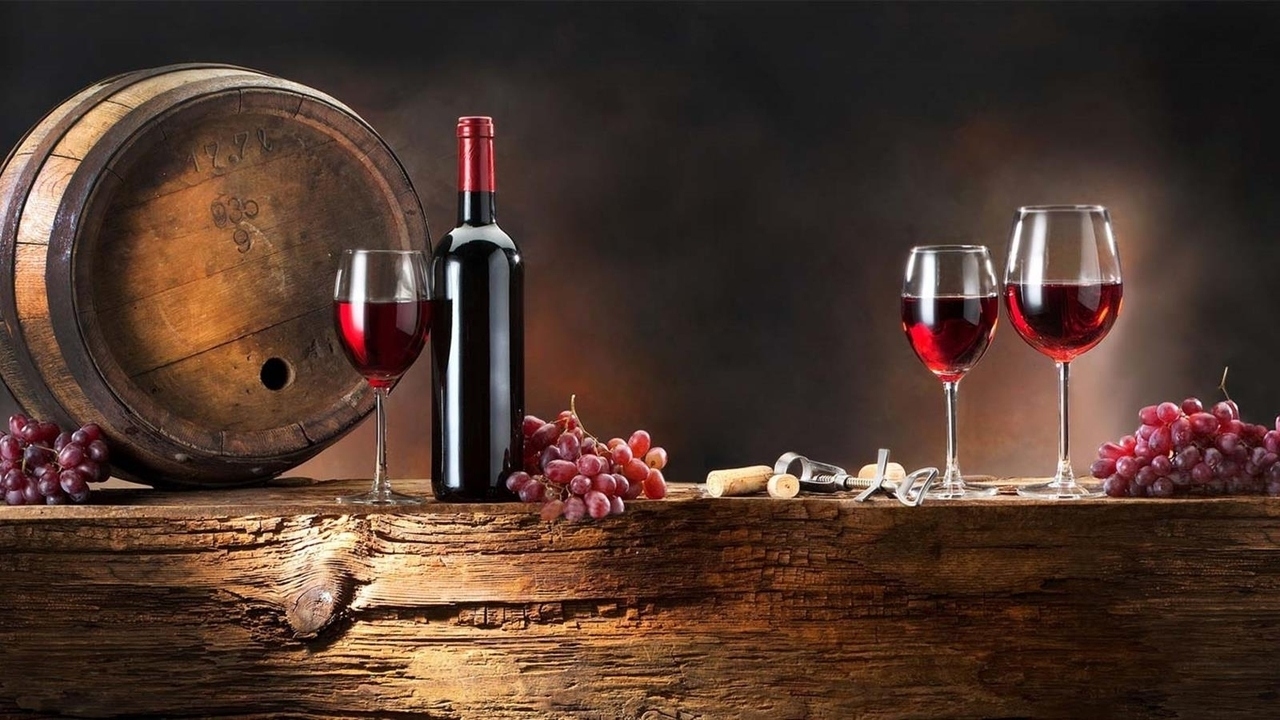
No one can be sure of the reality of history, but according to an ancient belief, a Persian In the tale, a woman is described as the discoverer of wine. Legend has it that this woman was an evil woman who had fallen out of favor with the Persian King. The embarrassment she experienced and felt drove her to suicide. The suicide method was interesting, she wanted to end her life by eating the spoiled grapes in her kitchen.
However suicide It didn’t go as planned, and the tainted grapes in the jar only made her stunned, or even drunk and passed out. When she came to herself, she was happier and more cheerful. The woman was now constantly eating rotten grapes and getting drunk. This fun mood also pleased the Persian King, and thus wine was discovered.
Of course, the accidental discovery of wine may have happened in different regions with different stories. One thing is certain, that the wine was discovered purely by chance. Archaeological evidence suggests that the oldest wine production is in Iran. in the Zagros Mountains B.C. He showed that it was between 5400-5000 years.
Ancient Egyptian period:
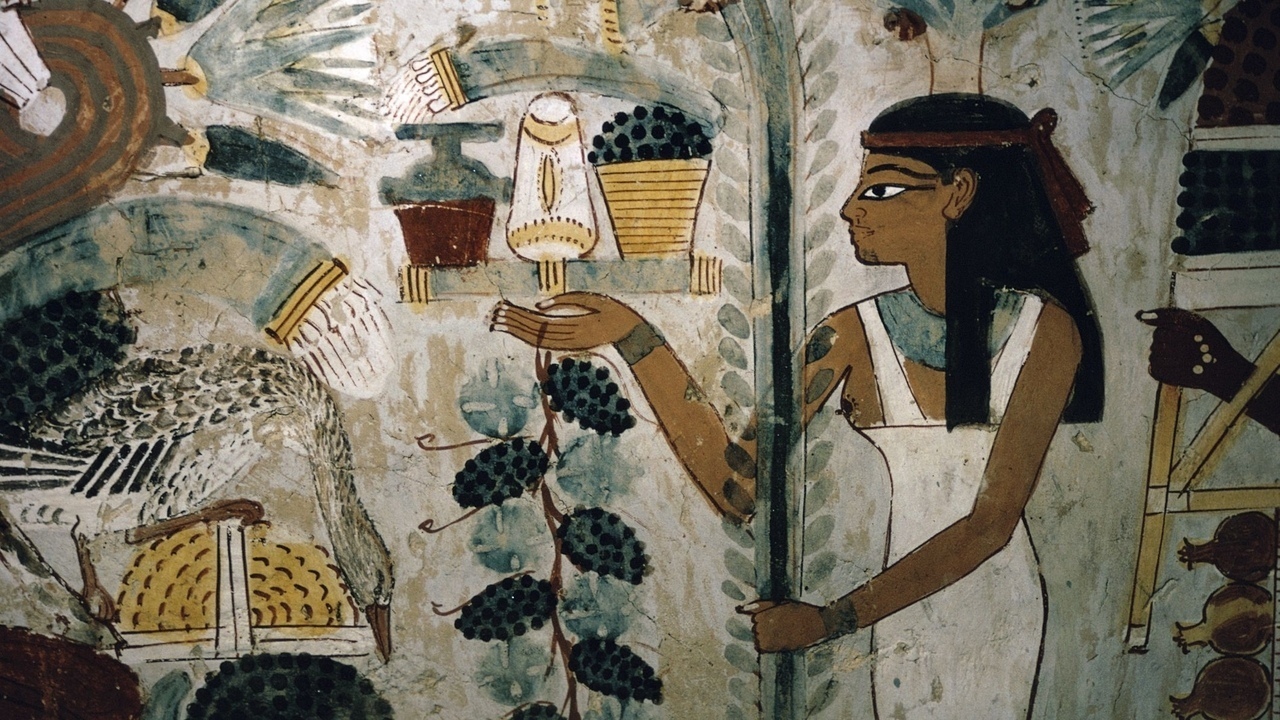
Egyptians They used figs, dates and pomegranates as well as white, pink, green, red and dark blue grapes. Although the Egyptians used cages protected from sunlight, they also knew that the last 100 days before harvesting was the most important process. In the process of producing wine, they followed these steps:
- After the grapes are collected, they are taken into a large press vessel.
- To crush the seeds and stems of the grapes, they are squeezed by pressing on them.
- The wine is then squeezed a second time in a tall linen haystack.
- Stretched across a solid wood frame,
- The 4 working people stretch the linen, the 5th person ensures that none of the precious wine is spilled
Ancient Greek period:

Phoenician It is believed that merchants introduced the Greeks to the taste of wine. After the Phoenicians did this favor to the Greeks, wine industries was established. Ancient Greek wine was popular in Europe, but the regions of Hios, Thassos, and Levos were all known to produce fine wine, while the wines of Samos were of poor quality. Greeks, of the ecosystem discovered that it played an important role in the properties of the resulting wine.
Roman period:
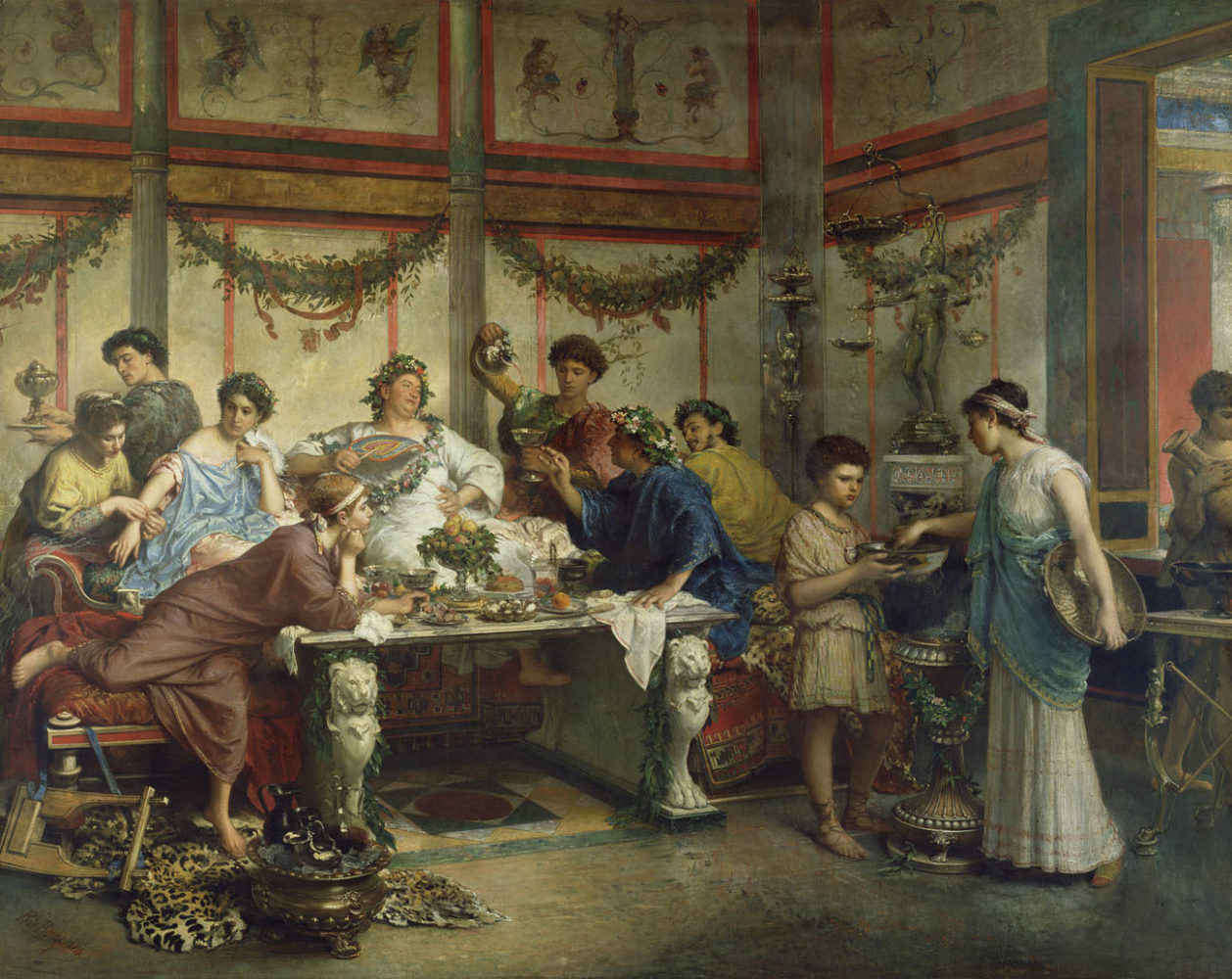
Romanshave made great strides in the classification of many grape varieties. also wood wine barrel they also invented. It is important to remember that the Romans laid the foundations. It is also thought that the Romans were the first to use glass bottles for wine. found oldest wine bottle It is dated to 325 AD. The cork preservation technique had been invented at the time, but the Romans put their wines on top of it. olive oil layer They preferred to protect by floating. They classified many diseases that affect grapes.
Spread of wine around the world:
wine first Spaniards by to South America brought in for purely religious reasons. It then migrated to North America from there. If it reaches Asia Alexander the Great brought by the conquests. Of course, reaching ocean countries British colonization was during the period.
RELATED NEWS
What is the Difference Between Blush and Rose Wine? Actually Everything Is Just A Sales Strategy!
So how is wine produced?
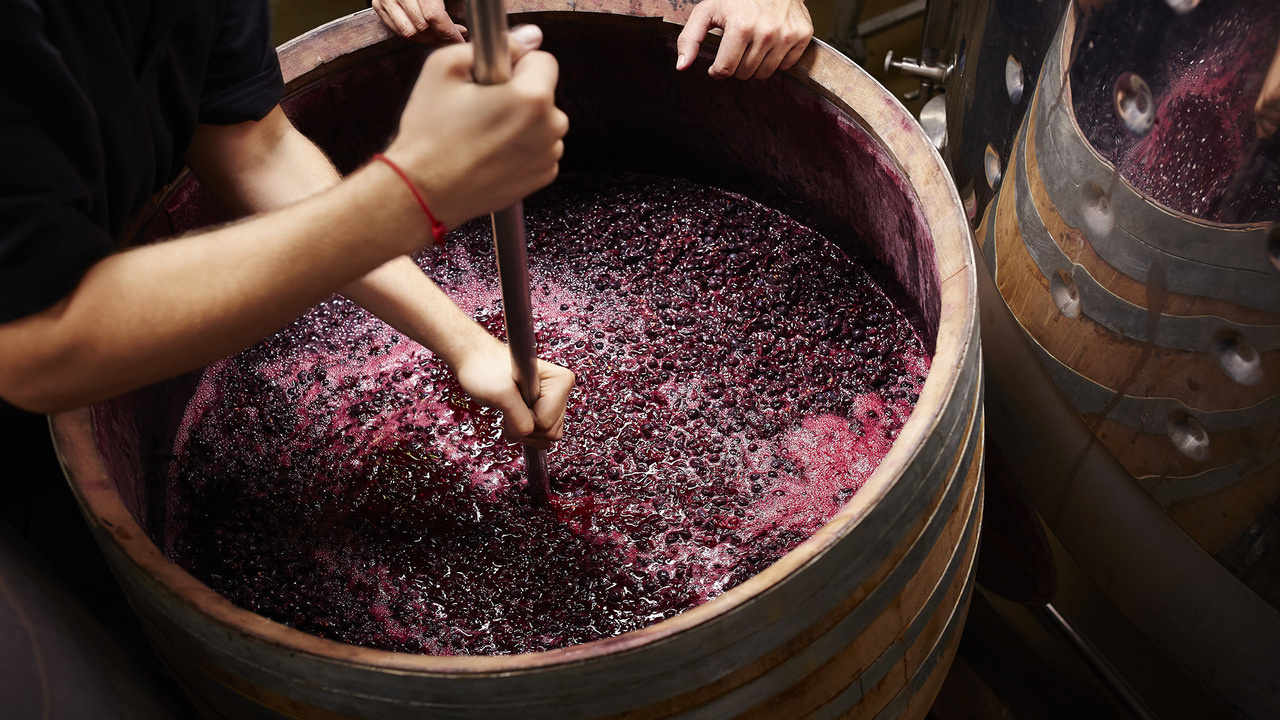
Making wine can be a complex process. It’s not just about throwing some fruit into a barrel and letting it ferment itself, of course. There are many factors and processes involved in wine making which can vary depending on what you are trying to achieve. There are many stages in the production of wine. These;
- Harvest
- Separation of Stalks and Crushing Process
- maceration
- Pressing and Filtration
- Fermentation
- Transfer, Filtration and Cooling
Harvest:
Grapes should be collected after they reach a certain maturity. If the grapes are picked early, the sugar content is low, amount of acid if it is too much. A marmalade-like taste may occur in grapes that are picked too late.
Separation of stems and crushing process:
Found in the skin and seeds of grapes phenolic compounds Since it will give a bitter taste, it is not required to be added to the must. Therefore, the unused parts of the grape are separated. The seeds should not be broken in order to prevent unwanted flavors from the crushing process.
Maceration:
maceration processing time; It may vary depending on the type of grape, type of wine and other preferences. In the meantime, it gains color, smell, taste and fullness. This stage is especially in terms of color. more important in red wine. It is sufficient to wait 10-15 days for red wine production and 8-48 hours for rosé wine. White wine In the production of this process not applicable.
Pressing and Filtration:

First wort without pressure ‘first must’ is called. Then pressed musts ‘press must’ known as. There are different pressing methods. However, whatever the method is, the process should be done in a short time for a clear must and high efficiency. During production, filtration is done to remove sediment and solids. The sediment is removed by keeping it in the settling tanks for a day. It is undesirable for a very clear must to form as a result of the sediment removal process. Because during fermentation, the yeast cannot hold and sink to the bottom.
Fermentation:
This stage is in wine production. most important step countable. The necessary yeast is added to the must and the process begins. Here the must turns into wine. Sugars in grapes, wine yeasts to ethyl alcohol turns into Fermentation temperatures vary depending on the wine desired. Low temperature is preferred for white wine and high temperature is preferred for red wine. This process can take between 10-30 days.
Transfer, filtration and cooling:
Undesirable with ventilation at this stage smell is resolved. In this way, the wine ripens more easily. Then cooling is done by mixing and kept in heat-insulated tanks for a week. Some substances such as fish glue, activated charcoal and kaolin are used to refine the wines. The purpose of this filtration is to both purify the wine and aroma and taste to maintain its status. With the cooling process, the wine is cooled down to -5°C. It must be mixed at this time. After this cooling process lasting 48 hours, the temperature should not rise above 0 °C.
What are the differences of aged wine, why are they more expensive?
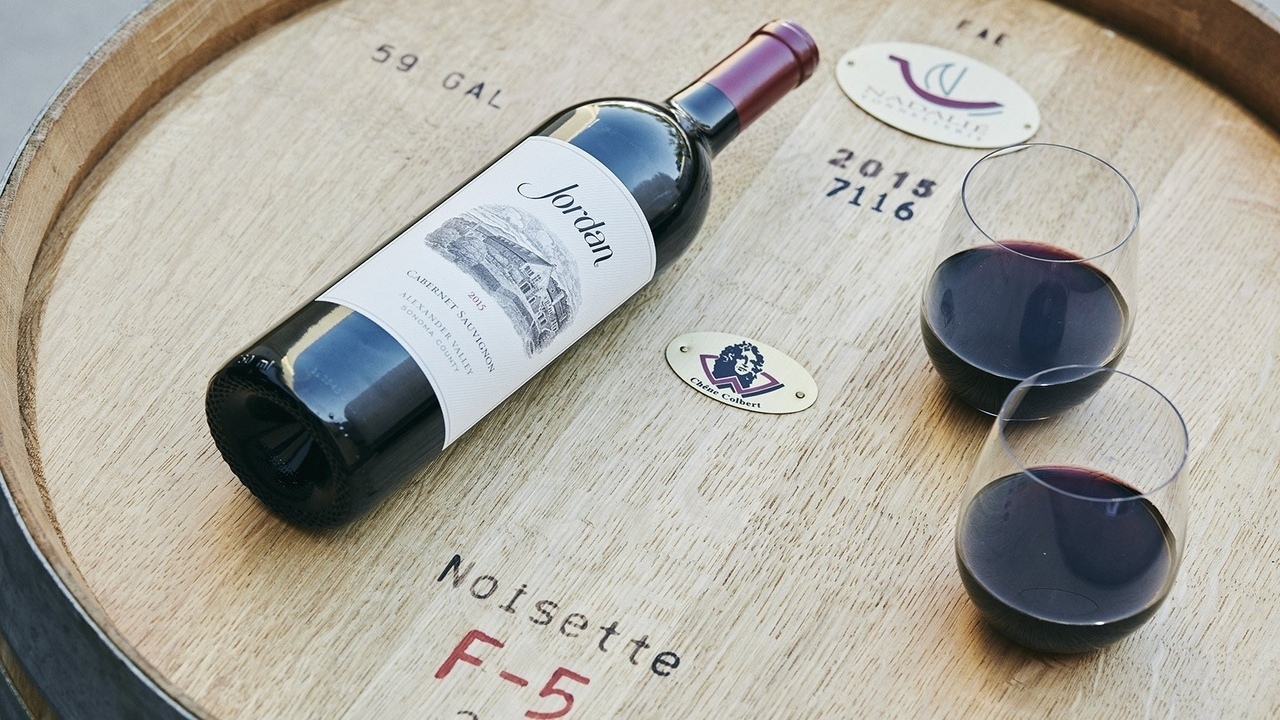
As the wine ages, the compounds lose their charge and begin to combine, forming long chains of molecules and getting bigger. This reduces the surface area of the grains smoothrounder and more a mild taste causes them to. When these combined compounds become too large, they fall out of suspension as a residue. Some red wines leave a heavy residue, others almost none.
The bright color of immature red wines over time to tile color rotary; In white wines, with aging, matting is seen. Not all wines have to be aged. Especially rose and white wines fresh must be consumed. In aging in barrels, oak chips, which are more economical to speed up the process, are used instead of wooden barrels, especially for quality wine today.
It is generally assumed that only the best and most expensive wines can age, but any well-made wine has a good chance of improving. Wines with a good balance of alcohol, acidity and texture and a real concentration of flavor should age well. But some wines are especially long lasting, like highly extracted reds with dark tannins that need some time to soften. aging is made for.
The more the wine ages, the better it tastes, the more I enjoy it. Because prices of aged wines It will be more expensive than others. Of course, the taste will be different between a wine you buy for 100 TL and a wine you buy for 1500 TL today. However, this is not the only difference. Factors such as where the grape comes from, harvest time, production process, type of barrel used make aged wine special and expensive.
RELATED NEWS
